Spice up your travels with "Bringing Liberia Home" - your guide to Liberia's local artisanal treasures. Discover the legendary "Pepper Coast's" modern-day natural products like Liberica coffee, honey, and Liberian chocolate as you explore this vibrant destination.
Explore Liberia’s Wildlife: Five Unique West African Species

Looking for adventure and a chance to explore unique wildlife? Look no further than Liberia! Boasting one of Earth's most diverse ecosystems, Liberia is home to 140 mammal species, 600 bird species, and 75 amphibian and reptile species. Whether you're a casual wildlife enthusiast or a dedicated conservationist, Liberia offers unparalleled opportunities to discover and engage with its extraordinary wildlife.
Liberia shelters rare species like western chimpanzees, pygmy hippopotami, and forest elephants, although spotting these larger mammals in the forest can be challenging. Nevertheless, there's a wealth of wildlife to behold, including elusive birds like the Gola Malimbe, Black-headed Rufous Warbler, Nimba Flycatcher, and Yellow-bearded Greenbul. To kickstart your journey, here are five Liberian animals that deserve a spot on every visitor's bucket list.
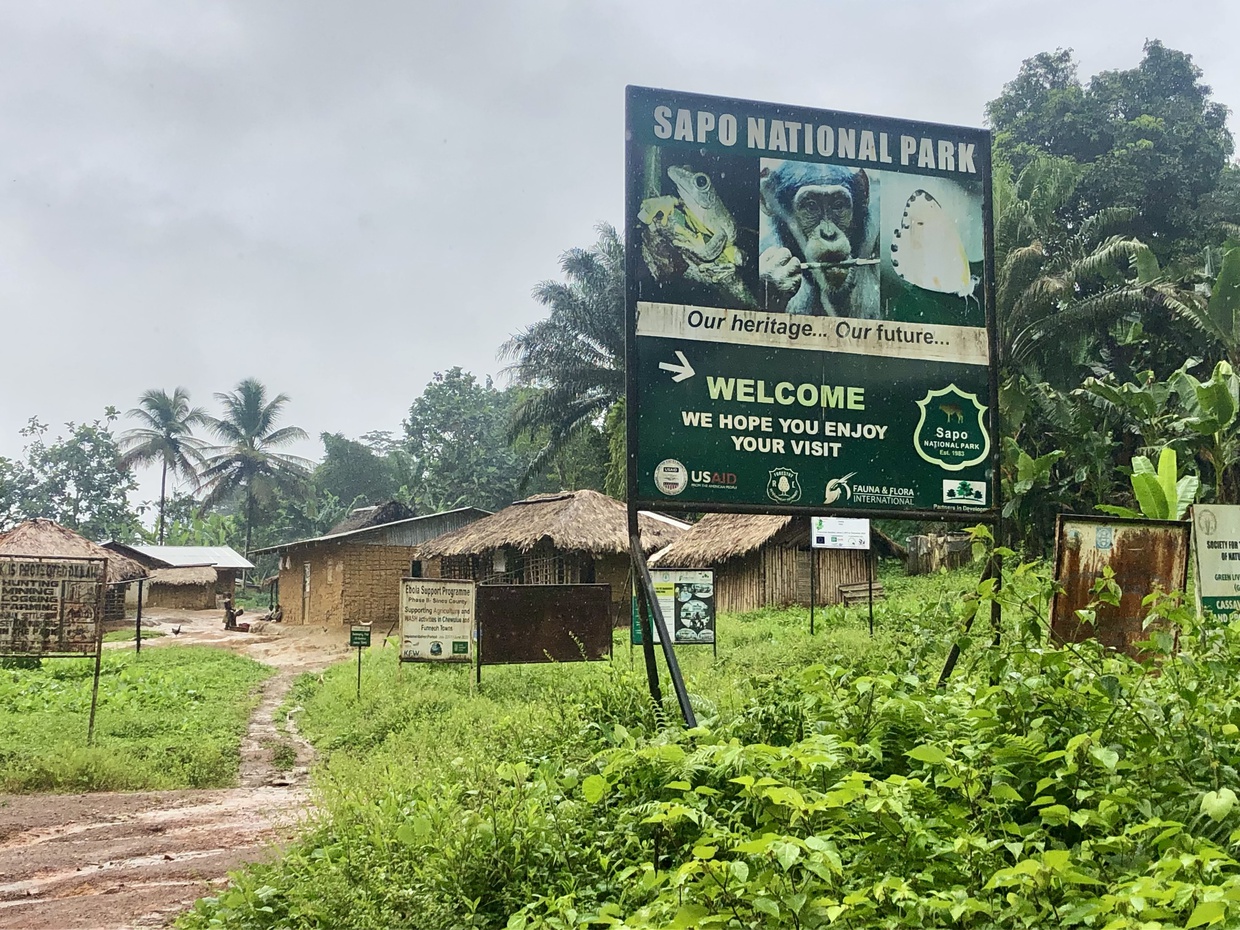 Sapo National Park Welcome Sign; Photographer: Solimar International
Sapo National Park Welcome Sign; Photographer: Solimar International
Pygmy Hippopotamus
There are less than 3,000 pygmy hippos still living in their native habitats, and most of them are in Liberia. Pygmy hippos are thought to live up to 27 years. They can be found in Liberia’s rainforests, especially in the Southeast in places such as Sapo National Park and Cestos-Senkwehn Rivershed Forests. These unique animals are endangered, and their habitat, the Upper Guinean Rainforest, is also under threat. Liberia holds the largest remaining tracts of the Upper Guinean Rainforest, which used to be a vast forest stretching from Ghana to Sierra Leone. Conservation is crucial and very little is known about the behavior of the pygmy hippo in its natural environment, which makes this rare creature all the more intriguing.
Fun Facts:
- Pygmy hippos weigh ten times less than the common river hippo.
- Harvey Firestone, a tire mogul who owned a rubber plantation in Liberia, gifted a pygmy hippo to President
- Calvin Coolidge. This pygmy hippo, Billy, is now an ancestor to all pygmy hippos in zoos across America.
 Pygmy hippo
Pygmy hippo
Diana Monkey
Like the pygmy hippo, the Diana monkey resides in Liberia’s rainforests, primarily in Sapo National Park, and is threatened by deforestation. The Diana monkey is also found in the high canopy forests in Sierra Leone and western Côte d’Ivoire. Diana monkeys rest high up in the tropical rainforest trees at night, yet they do not make nests. They can live up to 20 years in their natural environment. Additionally, the Diana Monkey is highly energetic, having a loud presence in the forest and communicating through their vocal calls.
Fun Facts:
- Diana monkeys eat bugs and fruit primarily but also flowers and leaves.
- Diana monkeys use verbal and physical cues to communicate, such as facial expressions.
 Diana monkey
Diana monkey
African Giant Swallowtail
For those interested in exploring Liberia's distinctive fauna, visiting Mount Nimba in East Nimba Nature Reserve presents an ideal opportunity. The journey to the reserve's summit treats visitors to a sweeping panorama spanning three West African countries. Beyond hiking, the reserve offers an array of experiences. Some of the region's wildlife and bird species are remarkable and rare. Notably, the African Giant Swallowtail (Papilio antimachus), the continent's largest butterfly, resides here. Lepidopterist Szabolcs Sáfián documented 610 butterfly species across the Nimba Mountains and the surrounding lowland forest areas, with 479 of these recorded within the Liberian portion of the range.
Fun Facts:
- The African giant swallowtail inhabits primary tropical forest
- The African giant swallowtail has a wingspan between 18 and 23 centimeters (7.1 and 9.1 in)
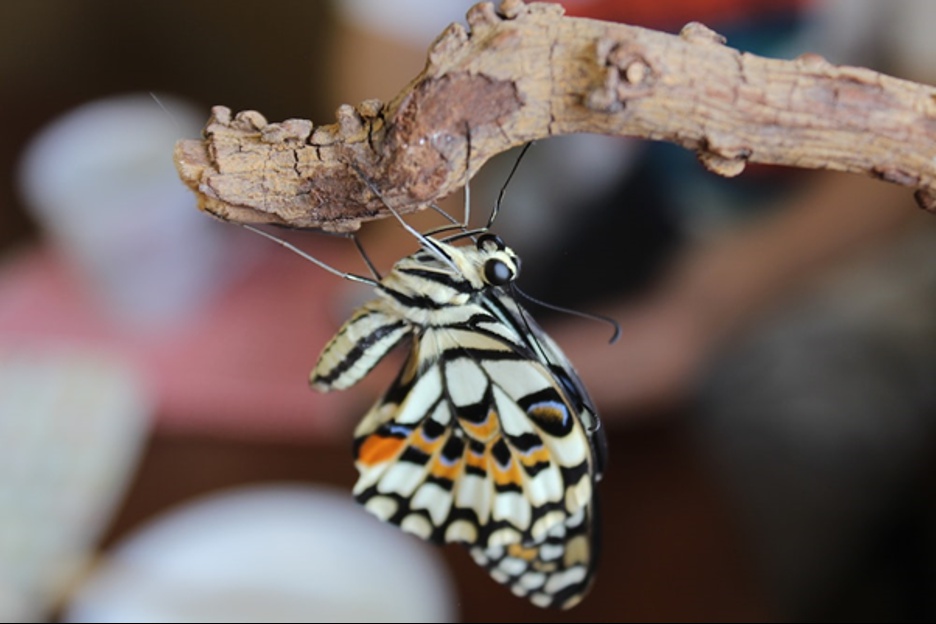 African Giant Swallowtail
African Giant Swallowtail
Nimba Otter Shrew- Endangered
The Nimba Otter Shrew inhabits the soil around creek beds and streams within Mount Nimba, Nimba County. Its closest relatives are Madagascar's tenrecs. Unfortunately, the shrew's habitat is diminishing and deteriorating due to mining and agriculture. Consequently, its conservation status has been elevated from Near Threatened to Vulnerable. Although the precise count remains uncertain, the wild population is estimated to be around 2,500–3,500 individuals.
Fun Facts:
- These nocturnal animals are thought to be polygamous.
They are very small creatures, growing to a mere 6-9 inches in length.
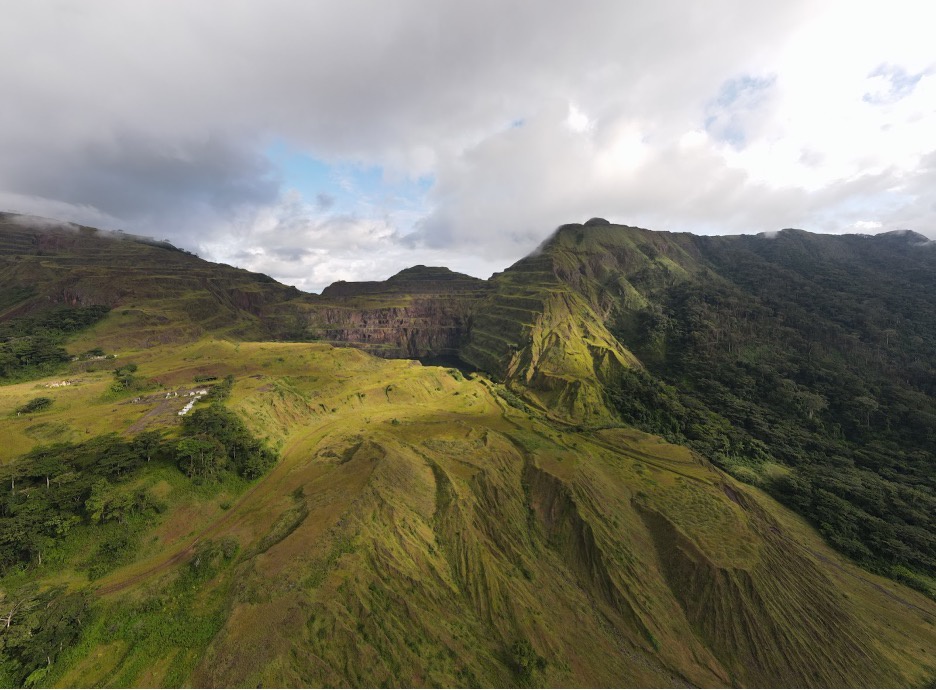 East Nimba Nature Reserve, Photographer: MICAT
East Nimba Nature Reserve, Photographer: MICAT
African Forest Elephant
Unlike the African Savannah Elephant, African Forest Elephants prefer to stay in heavily forested areas. If you'd like to get a chance to see one in Liberia, your best bet is at Sapo National Park. However, you'll most likely only see signs of their presence—traces of their path through the forest, marked by toppled trees and vegetation. Liberia's large stretches of rainforest provide important habitat for forest elephants. In fact, according to recent studies by ELRECO, about half of the remaining forest elephants live in Liberia.
Fun Facts:
- These elephants are smaller than their savannah counterparts, and their tusks actually grow downward instead of to the side.
- Forest Elephants clear pathways when they walk through the forest, and these pathways are crucial to other smaller animals who use them to traverse the forest quicker.
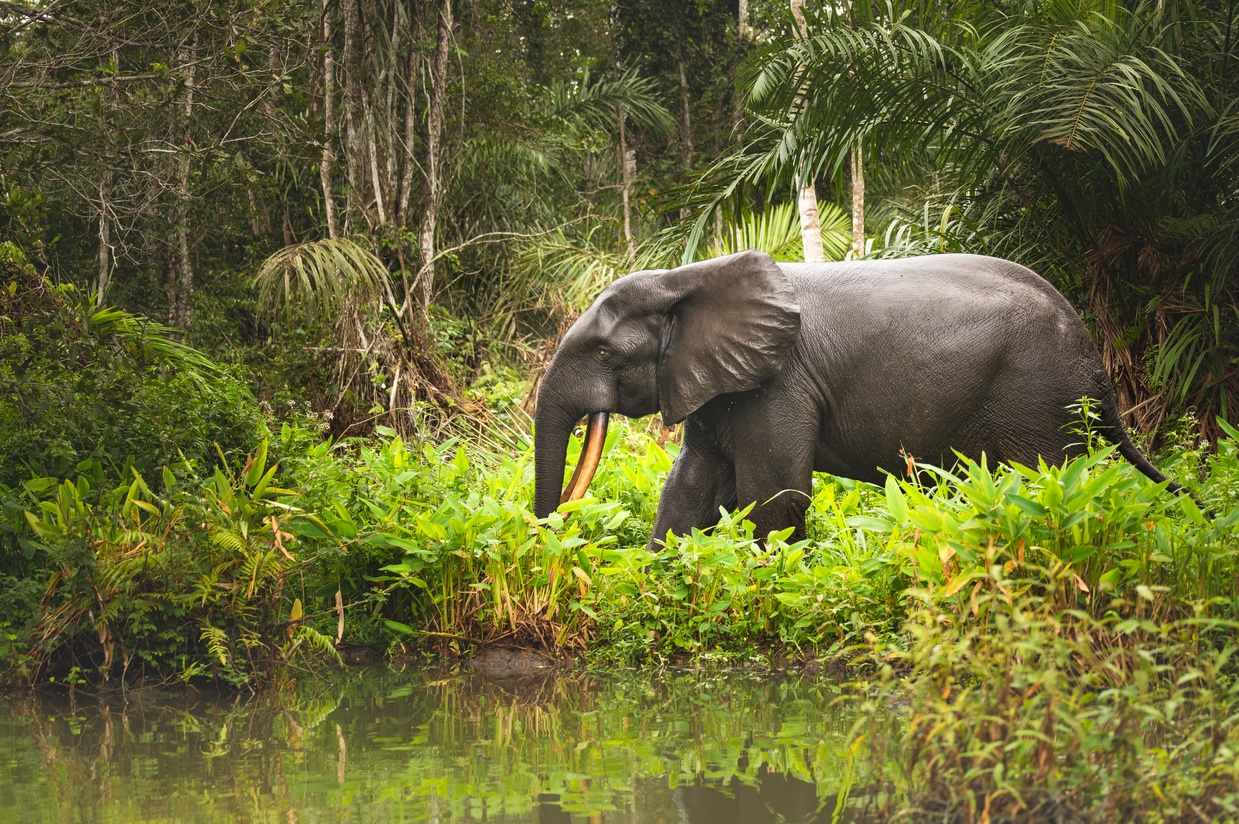 Forest Elephant
Forest Elephant
Want to learn more?
If you’re based in Monrovia, a visit to the Libassa Wildlife Sanctuary will provide you with a closer look at Liberia’s animals without having to travel too far (it’s under an hour from Monrovia). Libassa Wildlife Sanctuary is dedicated to the care, rehabilitation and release of animals confiscated from the bushmeat and pet trade in Liberia.
If you’re interested in visiting Liberia’s unique animals’ habitats, check out more information on the East Nimba Nature Reserve and Sapo National Park to learn how to get there and where to stay. Even though you are unlikely to see these elusive animals in the wild, you’ll have an amazing adventure exploring their breathtaking habitats.
Check out Liberia's official tourism website and social media channels to stay updated on Liberia’s top tourism destinations:
Instagram: @enjoy_liberia_travel
Facebook: @enjoyliberiatravel
Further Reading
Nestled where mangrove forests meet the pristine Atlantic sands just 30 minutes from Monrovia, the Marshall Wetlands is a breathtaking coastal oasis teeming with natural wonders. This remarkable ecosystem, designated a Ramsar site of international importance, features golden beaches, three rivers, and lush mangrove forests—a vibrant tapestry of maritime, estuarine, and freshwater habitats highlighting Liberia's rich environmental heritage. The many villages along the river thrive on its resources, relying on the water...
From dense rainforest to powerful waterfalls, Liberia's vast stretches of Upper Guinea rainforest are one of the last great frontiers of untouched beauty in West Africa. Home to Sapo National Park, Mount Nimba, Robertsport's left-hand waves, and the Kpatawee Falls, you are bound to find adventure anywhere in the country. Liberia has something for everyone. Today, it is a safe, bustling country with a vibrant culture, yet Liberia has slipped through the...






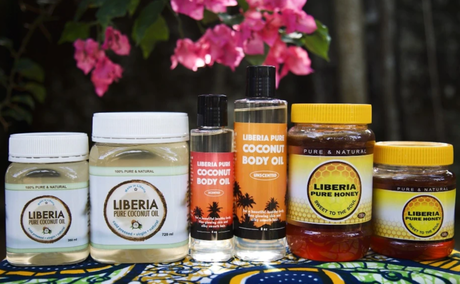
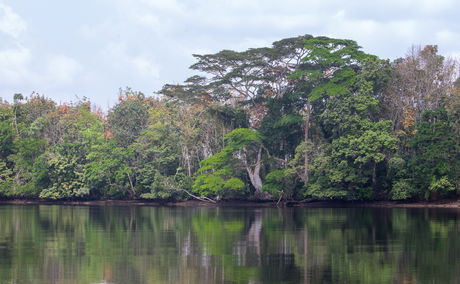
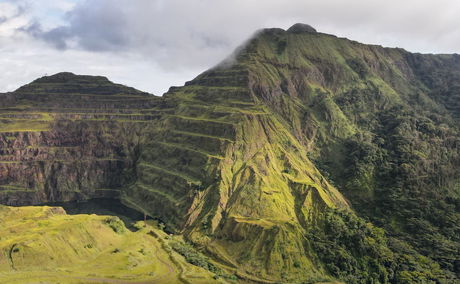
Share This Post